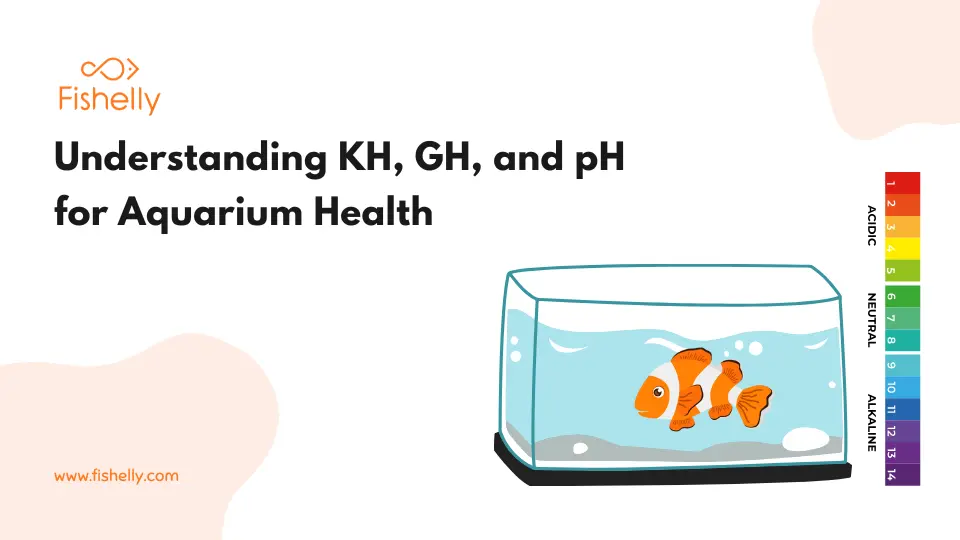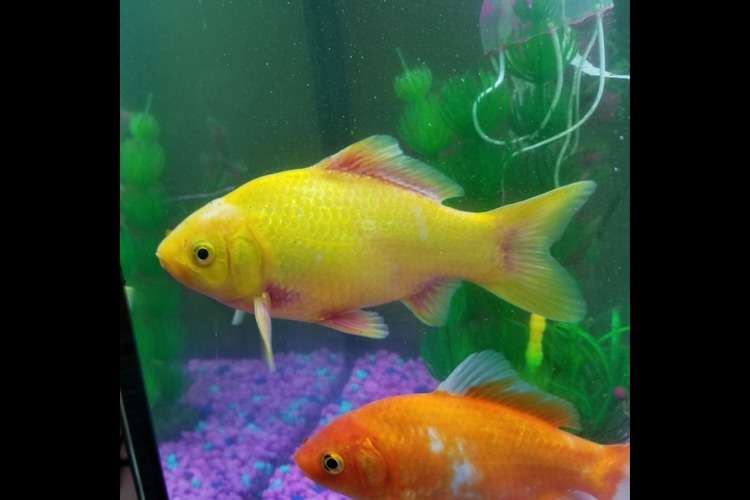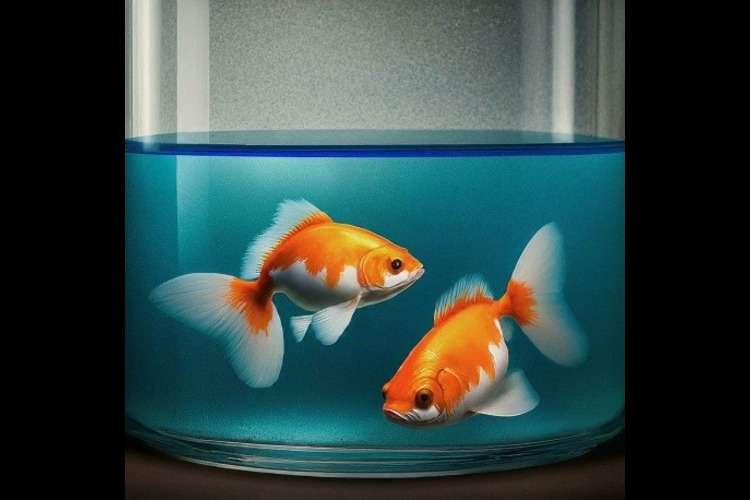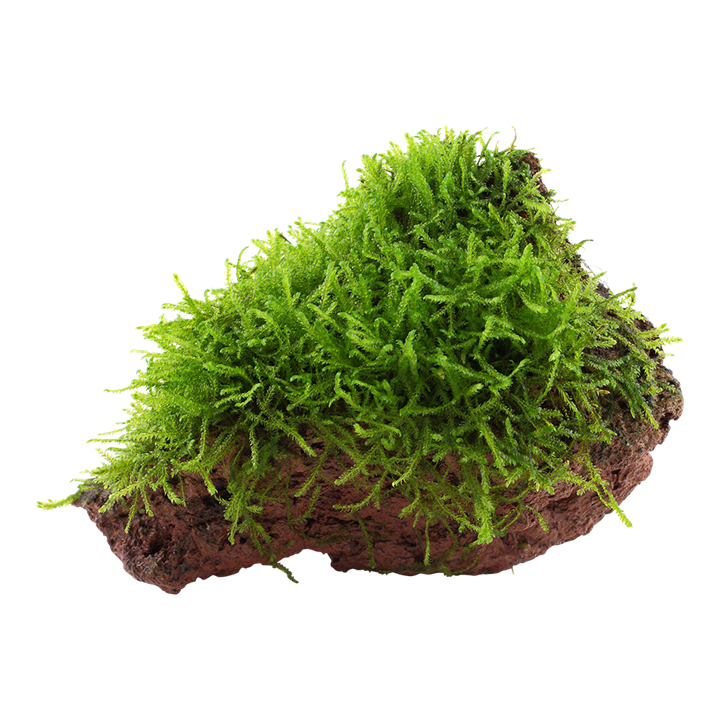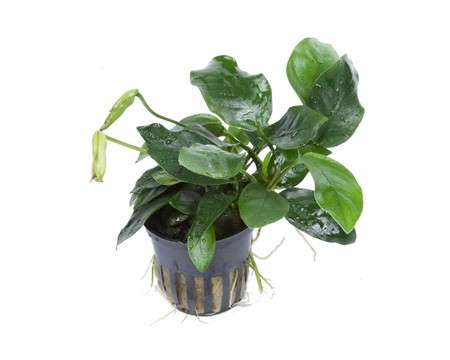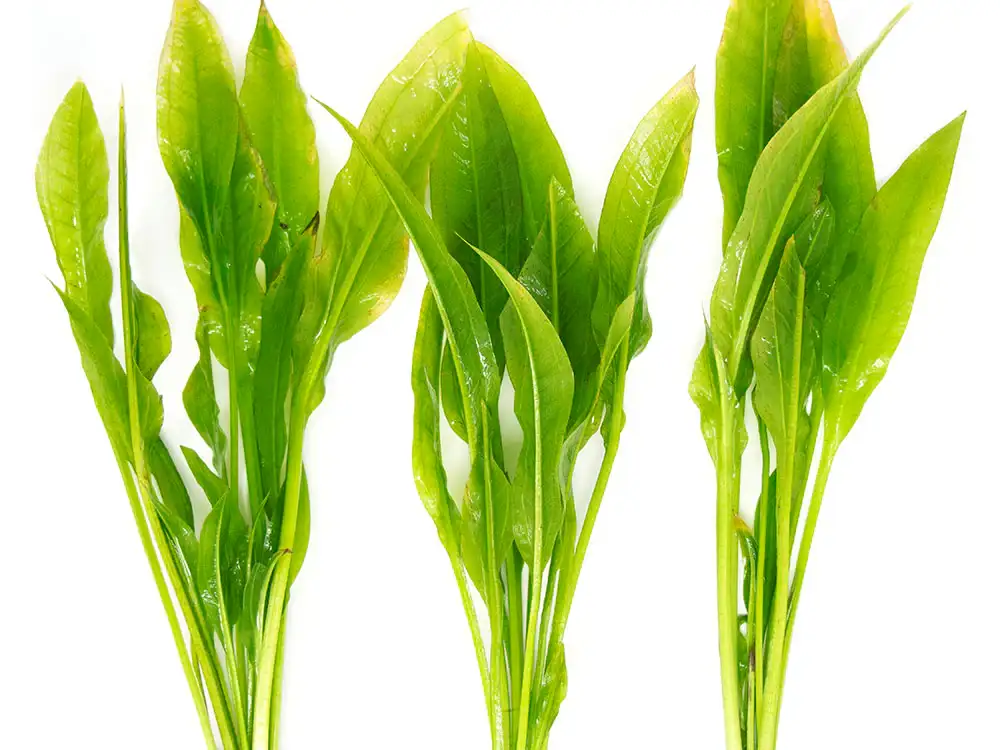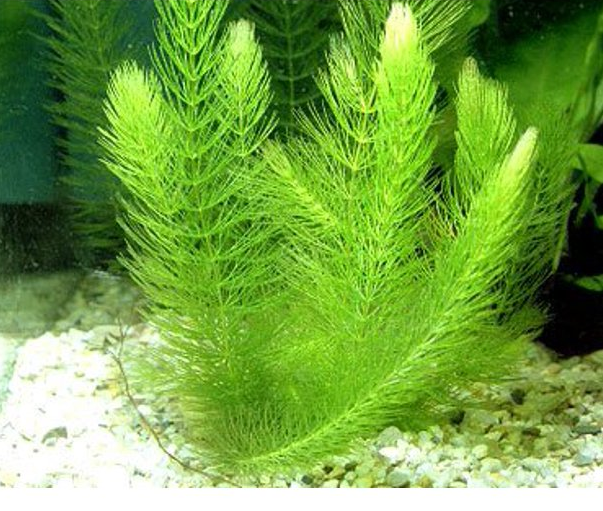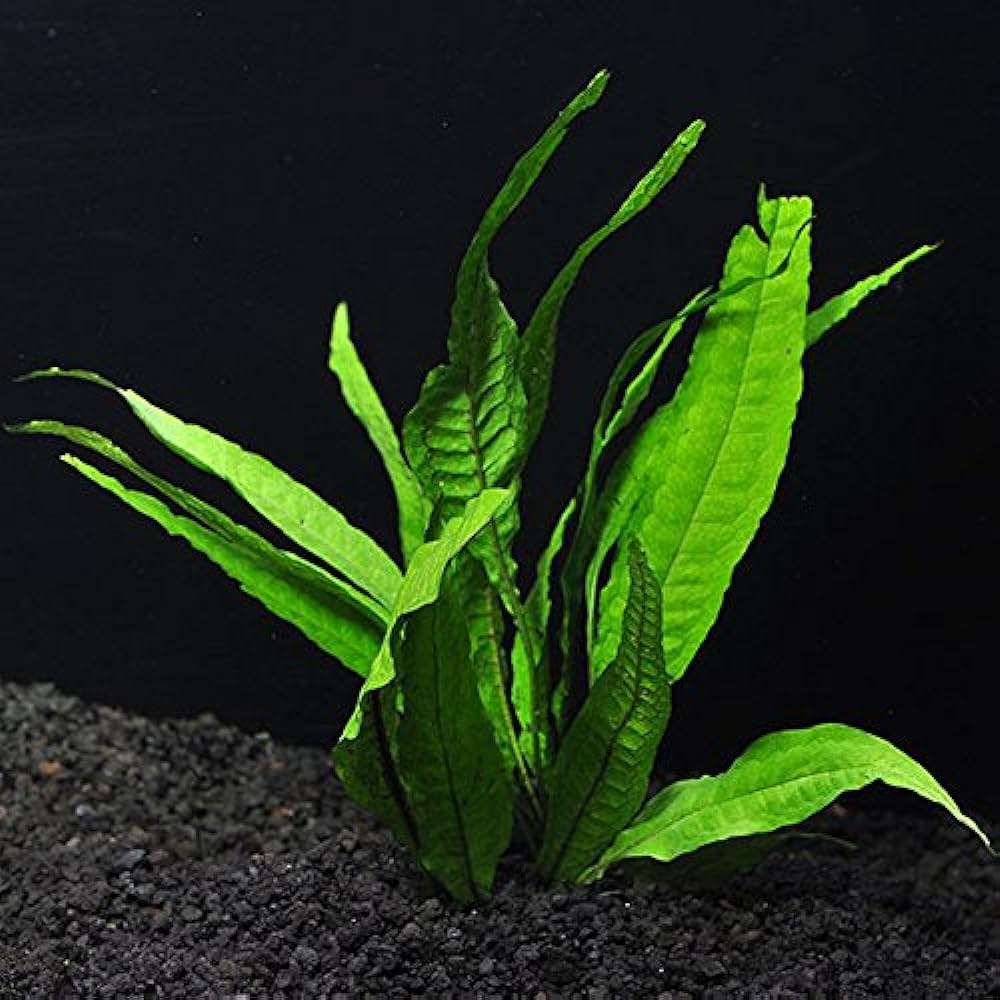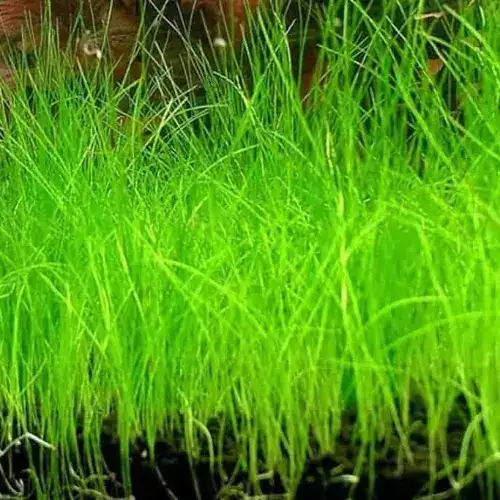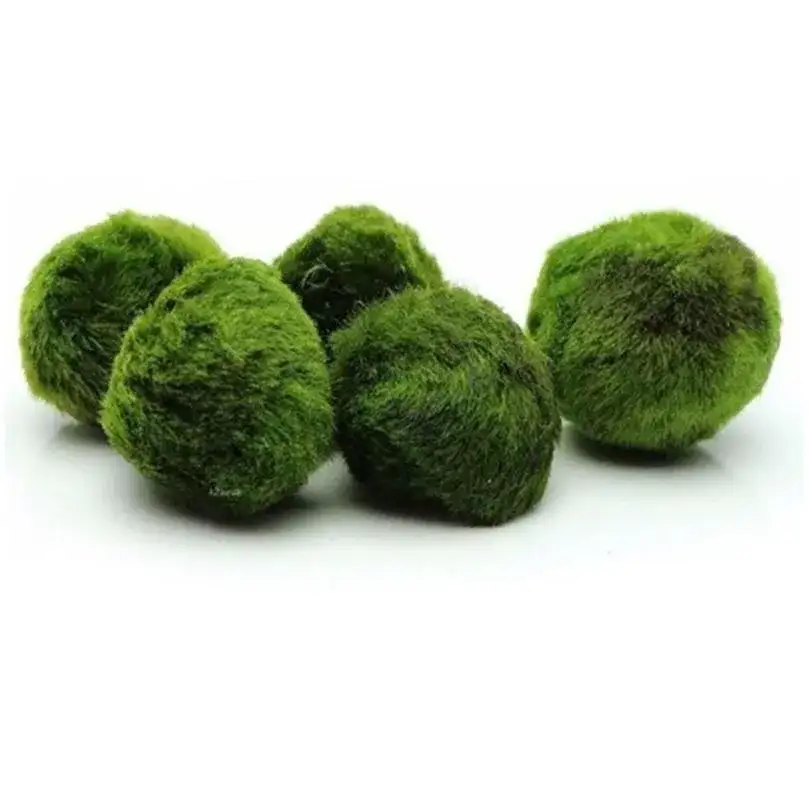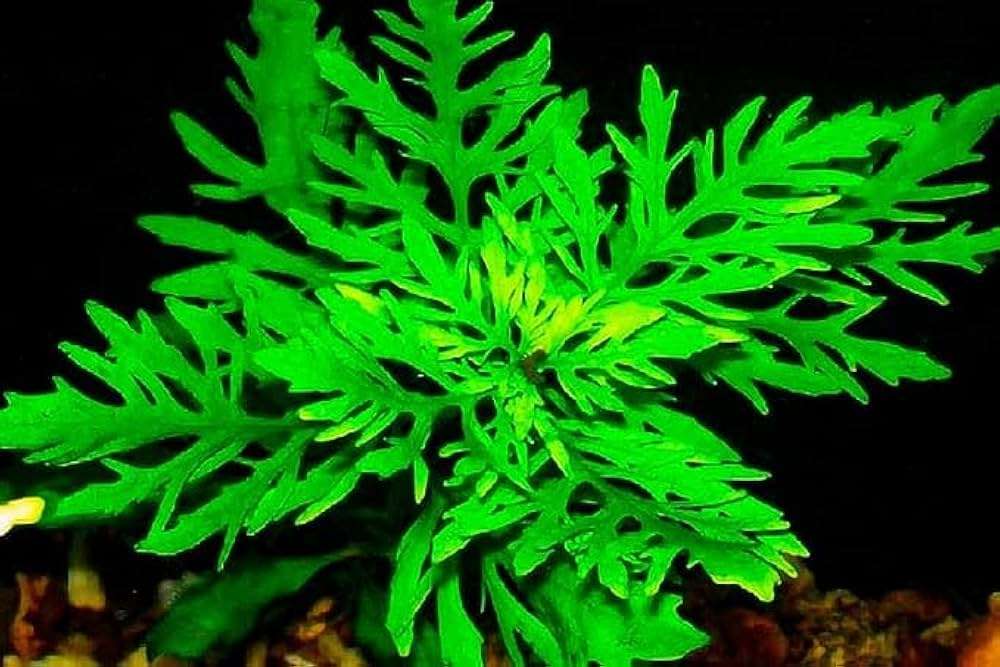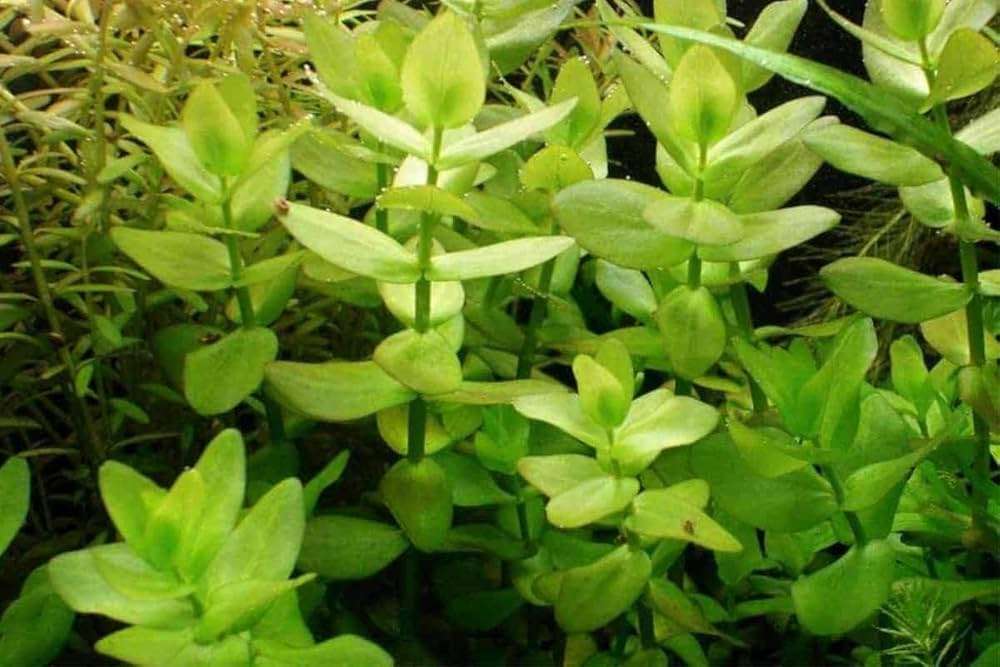Understanding KH, GH, and pH for Aquarium Health
Learn the importance of KH (carbonate hardness), GH (general hardness), and pH (potential hydrogen) for aquarium health. Discover how to maintain balanced water conditions for thriving fish and plants.
Table of Contents
- What is KH (Carbonate Hardness)?
- What is GH (General Hardness)?
- What is pH (Potential Hydrogen)?
- KH, GH, and pH: How They Work Together
- How to Monitor and Adjust KH, GH, and pH
- Faq
- Conclusion
What is KH (Carbonate Hardness)?
KH is defined as the concentration of carbonate and bicarbonate ions in your aquarium water. These ions help to stabilize pH by buffering water against sharp changes in pH. KH generally can be expressed in degrees, °dKH, or in parts per million, ppm; freshwater tanks usually have a range between 4-8 dKH.Why is KH Important?
Buffering pH: KH acts as a buffer preventing wide swings in pH, which are stressful or harmful to fish.
Maintaining environmental stability: Stable KH means less environmental stress on your fish in the long term.
Necessary for aquatic plants: Many aquatic plants prefer stable water chemistry, and KH provides sufficient stability of pH for optimum plant growth in your aquarium.
What is GH (General Hardness)?
GH measures the total concentration of dissolved minerals such as calcium and magnesium in your water. It is an indication of how "hard" or "soft" your water is and is a very important factor in the health of the aquarium as a whole.Why GH matters: Health of fish: Fish from hard water (having GH high) or soft water (having GH low) demand particular minimum requirements related to the mineral contents. Correct values of GH will allow for proper osmo-regulation (or balance of fluids inside cells) within the fish.
Growth of aquatic plants: Apart from being an important aspect for fish, calcium and magnesium are also important for proper plant growth. Hence GH is vital for balanced aquascape systems.
Assistance in breeding: Some species, like cichlids, only breed in a certain GH range or not at all.
What is pH (Potential Hydrogen)?
pH is a factor measuring how many hydrogen ions accumulate in water, indicating whether the water is acidic, neutral, or alkaline. The value is a ratio of 14, where 7 is neutral, values below 7 are acidic, and values above 7 are alkaline. Different species of fish and plants prefer different pH levels. Strong fluctuations of pH should be avoided since it may not be optimal for the species in the aquarium.Why pH matters:
Health of fish: Each fish has a narrow range, where it can survive -eg, most freshwater fish will thrive within a pH spectrum ranging between 6.5-7.5; beyond this range, fish will be stressed, resulting in an immune deficiency, and eventually die.
Compatibility of species: Some species, e.g., African cichlids, prefer an alkaline, slightly elevated pH, whereas others, e.g., tetras, prefer slightly acidic environments.
Growth of plants: pH affects nutrient absorption by plants; if pH is too low or too high, they may not grow as readily.
KH, GH, and pH: How They Work Together
These three variables are intertwined, making it crucial to maintain an equilibrium amongst them for an appropriate aquarium environment. The following clarifies their interaction:KH stabilizes the pH: KH buffering capacity stabilizes the pH and should be in a slightly higher range in your aquarium. A relatively low level of KH allows larger swings in pH with combinations of added CO2 or if the buffering capacity of the water changes. This phenomenon is known as a pH swing and can be very stressful on the fish.
GH affects fish and plant health: These levels indicate a practical way that it is introduced into the water in conjunction with the pH levels; accordingly, this is how important it becomes to regulate levels of GH. A low GH level will lead plants to be in a state of calcium deficiency and fish to be incapable of osmoregulation.
pH is influenced by both KH and GH: The KH buffering assists being buffered pH and GH ensures that all fishes have all the necessary minerals to assist in osmoregulation.
How to Monitor and Adjust KH, GH, and pH
Test with kits: Make sure that you regularly test KH, GH, and pH using kits that measure water effectively. This way, you will be able to follow the stages your water changes went through and make necessary adjustments.
Write-ups: If you need to raise KH or pH, raise it with something like baking soda for KH or limestone for pH. For lowering pH, use driftwood to leach tannic acid into your aquarium water or, alternatively, add peat moss to your filters.
GH adjustment: Increase GH by mixing in calcium carbonate or a chemical answer GH booster. Dilute with distilled or RO water in order to lower GH.
Faq
1.What are KH, GH, and pH?
KH stabilizes pH by buffering it. GH measures mineral content (calcium, magnesium). pH indicates the water's acidity or alkalinity.
2.Why is KH important?
KH buffers pH, preventing harmful fluctuations for fish and plants.
3.Ideal GH range for freshwater fish?
A GH range of 4-12 dGH is ideal for most freshwater fish.
4. Why is pH important?
Fish and plants need specific pH ranges for optimal health.
5.How do KH, GH, and pH work together?
KH stabilizes pH, and GH affects the health of fish and plants. Together, they maintain a balanced environment.
6.How to test and monitor?
Use test kits to check KH, GH, and pH levels regularly.
7.Effect of low or high GH on plants?
Low GH can cause nutrient deficiencies in plants; high GH may cause imbalances.
8.What happens with unbalanced KH, GH, and pH?
It leads to stressed fish, poor plant growth, and an unhealthy aquarium.
9. Best way to adjust water parameters?
Make gradual changes, test regularly, and research your fish and plants.
